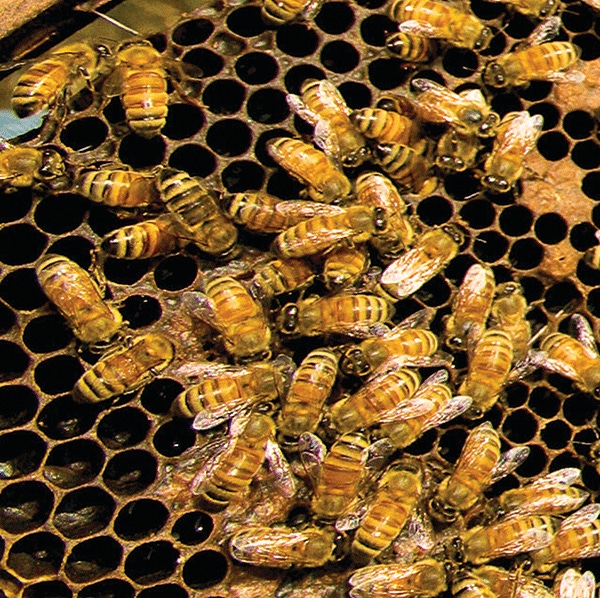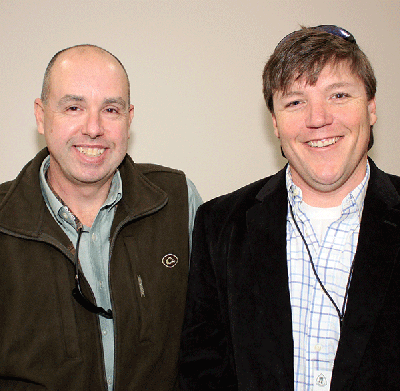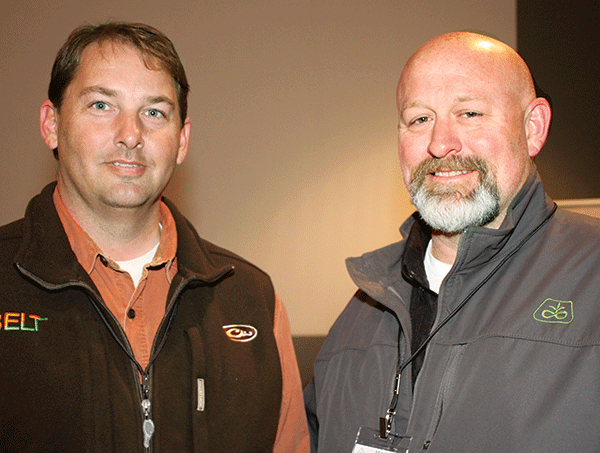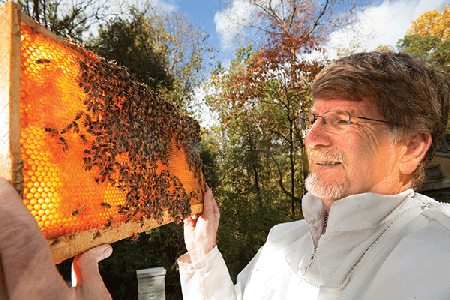
Protection of honeybees and other pollinator insects is “an issue that’s not going to go away,” says Don Parker, and a state pollinator plan crafted by Mississippi organizations is being used as a model by other states.

DON PARKER
“It’s a very good plan,” he said at the annual meeting of the Mississippi Agricultural Consultants Association, “and everyone who had a hand in its development is due a pat on the back.”
Parker, who is integrated pest management program manager for the National Cotton Council, encouraged the consultants to “talk about this plan with your producers and any beekeepers you work with, and help them to understand that it’s important for them to participate.”
Stay current on what’s happening in Mid-South agriculture: Subscribe to Delta Farm Press Daily.
The decline of honeybee populations has been blamed by activist environmental organizations on agricultural pesticides, particularly neonicotinoids, an important chemistry class for farmers. Some have urged a ban on the products.

FRANK CAREY, left, Valent USA, Olive Branch, Miss., and Jason Bond, Delta Research and Extension Center, Stoneville, Miss., during a break at the MACA meeting.
“Environmental activists and anti-pesticide groups have been very vocal on the pollinator issue, and have pretty much taken over the argument in Washington and major population areas,” Parker says.
“Their message tends to be very simple: ‘Bees are dying; pesticides are involved; we could soon starve without bees.’ It’s the kind of message and salesmanship that has people calling members of Congress and their state and local government representatives and telling them, ‘You’ve got to do something about protecting bees.’
“It’s gotten to the point we’re now seeing members of state legislatures and even city governments offering measures to ban neonicotinoids. There’s no science or reasoning behind it, but they say it’s what the public wants.
“We’ve encouraged everyone at every level to look at the science, but the issue is being driven by fear and inaccurate information.”
A group called the Pollinator Stewardship Council collected data from beekeepers on bee kills and took it to the Environmental Protection Agency, Parker says. “EPA cannot accept the report because there’s no way to substantiate the data, but it can be used to influence public opinion.”
Pesticides being blamed

JOHN CLARK COOK, left, Cook Ag Consulting, Kosciusko, Miss., and Stephen Larry, Pioneer, Flora, Miss., were among those attending the annual meeting of the Mississippi Agricultural Consultants Association.
Rather than trying to work with the EPA on a science-based plan, he says, activist groups have promulgated the message that pesticides are the culprit and have moved the issue into the courts. “Now there are lawsuits against the EPA, seeking to cancel neonicotinoids and other pesticides.”
The cause of the decline in honeybee populations has yet to be definitively established, Parker says. Varroa mites, which vector diseases and viruses that cause bee deaths, are thought to be a major factor. “But all the attention is on pesticides.
“We know we’ve got to work this out.” The EPA has urged commodity groups to work with beekeeper organizations in order to find consensus solutions.
“That’s where we are now. We’ve got to find solutions, something to bring this to closure. This isn’t going to go away. Since the early 2000s, and it has continued to grow, with more and bigger groups getting organized, coordinating, forming coalitions, conducting honeybee health summits.
“A lot of money is being poured into this issue. The government is committing massive amounts of money to increasing pollinator habitat, research on pesticides, and other programs.”
In June, Parker says, President Obama weighed in on the issue, “and that carries a lot of clout. His position is very strong — he directed a federal task force to tell him within 180 days what they plan to do to increase pollinator health.” Parker was invited by the White House to be part of a summit on pollinators.
“It’s not an issue he just walked away from; we’re told he’s constantly asking his science advisor, ‘Where are we on the bee program?’
Much of the effort, Parker says, will focus on habitat improvements, particularly on federal lands. “We don’t have details on what this will encompass, but it’s going to be big.”
Pollinator language is already appearing on some pesticide labels, he notes, and that is expected to increase.
Label changes expected
“We’ve worked hard with the EPA on label issues and state pollinator plans. We’ve explained that this is not a one-size-fits-all issue. In Arizona, for instance, they can spray crops at night, when pollinators aren’t in the fields — but we can’t do that in the hills of Mississippi.

"Farmers and beekeepers have got to have a better understanding of each other’s industry to know what they can and can’t do. There’s got to be some ‘give’ on both sides.â€â€”Don Parker, National Cotton Council (USDA/ARS photo)
“It’s possible that some future pesticide labeling may have restrictions on use unless you’re participating in a state pollinator plan. That’s another reason participation in these plans is important, and I encourage everyone to be aware of this.”
Communication between farmers and beekeepers is critical, Parker says. “If you have hives on your farm, be actively engaged in the process. Know what the beekeeper needs and let him know what you need. Know where hives are being placed. If the location isn’t good for you and your crop protection practices, help the beekeeper choose a better place, one that’s appropriate and offers the best protection for the bees.
“Discuss pesticides you’ll be using and explain why you’re using them and their particular benefits to you, as well as the precautions. Farmers and beekeepers have got to have a better understanding of each other’s industry to know what they can and can’t do. There’s got to be some ‘give’ on both sides.”
Pollinator plans being developed by Mississippi and other states show there are “sincere grassroots efforts by agriculture to deal with this issue,” Parker says. “The EPA has listened so far, and seems to like this approach, and has told state lead agency groups they would like to see guidelines developed for other states to use in formulating their plans.”
But, he says, some activist groups are already opposing state plans, and if the EPA approves these state plans, there probably will be a fight over that.”
There is new label language and/or a bee box on some foliar-applied products.
“It looks like there may be between 60 and 71 active ingredients and 1,300 products that will be impacted by new label language and a bee box,” Parker says. “A lot of this will be in the presidential memo that’s coming out, so everyone needs to be ready. It’s going to be critical that we respond and be heard on this issue. Be particularly careful with these materials during planting season.”
As the issue escalates, he says, “We in agriculture have to understand that science doesn’t get a vote in public opinion, and science doesn’t counteract the fear factor. We’ve got to do a lot of education to increase public awareness of what’s involved.”
About the Author(s)
You May Also Like




